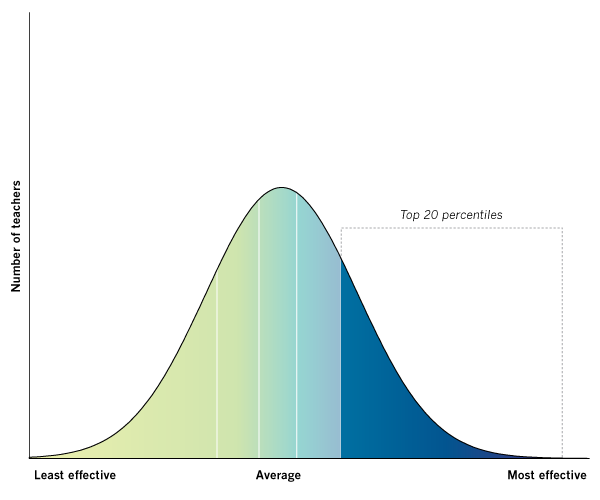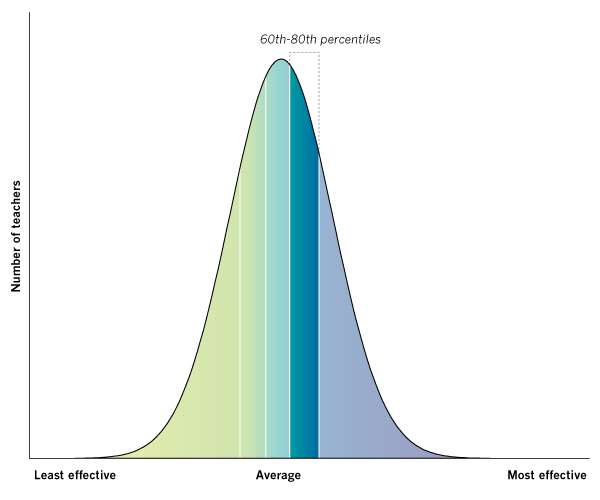Richard Glenn Shimizu
A 4th grade teacher at One Hundred Fifty-Sixth Street Elementary in 2009
These graphs show a teacher's "value-added" rating based on his or her students' progress on the California Standards Tests in math and English. The Times’ analysis used all valid student scores available for this teacher from the 2002-03 through 2008-09 academic years. The value-added scores reflect a teacher's effectiveness at raising standardized test scores and, as such, capture only one aspect of a teacher's work.
Compared with other Los Angeles Unified teachers on the value-added measure of test score improvement, Shimizu ranked:
- Most effective overall.
- Most effective in math. Students of teachers in this category, on average, gained about 11 percentile points on the California Standards Test compared with other students at their grade level.
- More effective than average in English. Students of teachers in this category, on average, gained about 2 percentile points on the California Standards Test compared with other students at their grade level.
Shimizu's LAUSD teaching history
2002-03 through 2008-09 academic years
- One Hundred Fifty-Sixth Street Elementary, 2009 - 2003
Richard Shimizu's Response:

I feel it is highly irresponsible of the Times to publish a database ranking teachers by their supposed "effectiveness" based solely on the standardized test scores of their students. Value-added scores can be a valuable component in evaluating a teacher's effectiveness, but they should not be used as the sole measure.
Here are just a few reasons why: For one thing, standardized tests cover only two subjects -- mathematics and English language arts. Second, the value-added method totally ignores the number of students in a given teacher's classroom. Of course, a teacher with 35 students will have a much more difficult time increasing student test scores than a teacher with only 20 students. The value-added method also does not recognize that many teachers "team-teach" with one or more other teachers in the same grade level. Teacher A might teach language arts to all of the students in a grade level, while Teacher B might teach math. Using the value-added method, Teacher A's students' standardized math test scores would not reflect his or her teaching effectiveness, but instead, Teacher B's. Also, if there is even one highly-disruptive student in a given classroom, it can affect every student's ability to learn and thus, his or her standardized test scores.
Do I feel that the value-added method of assessing teacher effectiveness is totally useless? Of course not. However, there are a great many other factors on which to judge teacher effectiveness. If the Times publishes these value-added teacher ratings, parents and the public will unfairly judge many great teachers as "ineffective."
![]() The Times gave LAUSD elementary school teachers rated in this database the opportunity to preview their value-added evaluations and publicly respond. Some issues raised by teachers may be addressed in the FAQ. Teachers who have not commented may do so by contacting The Times.
The Times gave LAUSD elementary school teachers rated in this database the opportunity to preview their value-added evaluations and publicly respond. Some issues raised by teachers may be addressed in the FAQ. Teachers who have not commented may do so by contacting The Times.
|
|
 Delicious
Delicious
|
 Digg
Digg
|
 Facebook
Facebook
|
 Twitter
Twitter
|









